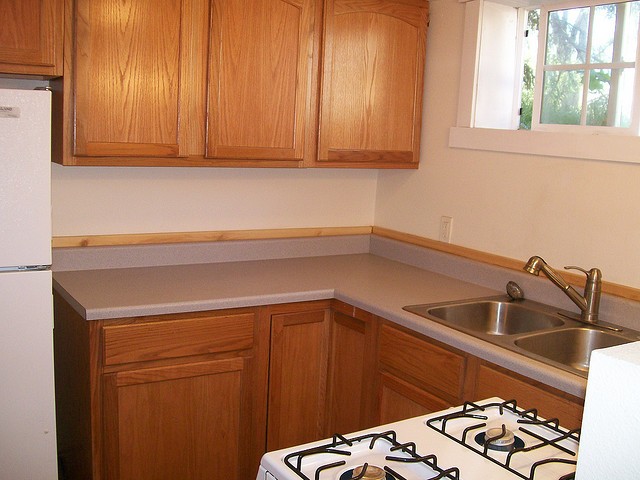
The Anaheim outpost of OC Weekly's test kitchen is a tiny place, an apartment-style galley in which it's hard to fit even two people. To say that storage is at a premium is quite an understatement; tools are only permitted if there is no other way to accomplish a task.
Originally, the title of this article was going to be “Five Useless Kitchen
Tools,” but that's not quite accurate. The tools below have their uses;
they aren't necessary to a fully functional kitchen, however, and if you're scrimping for space, you can easily do without them.
]
1. The sifter
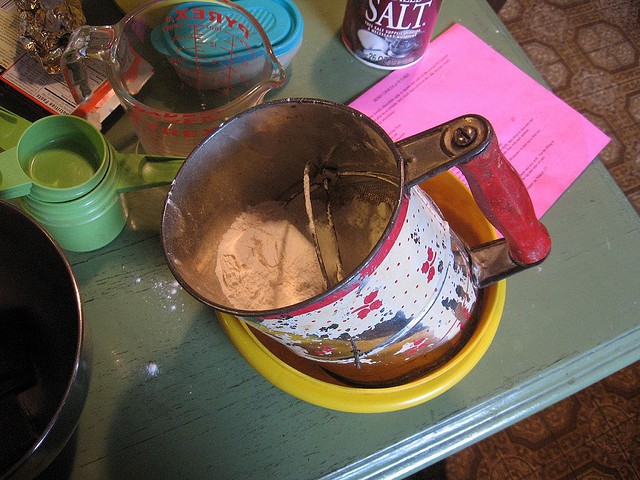
It doesn't matter if the flour sifts with a crank or by squeezing a lever on the handle; there is no job a sifter can do that justifies its presence in a small kitchen; it's impossible to clean, it tends to rust easily, and it's too tall to fit in a drawer.
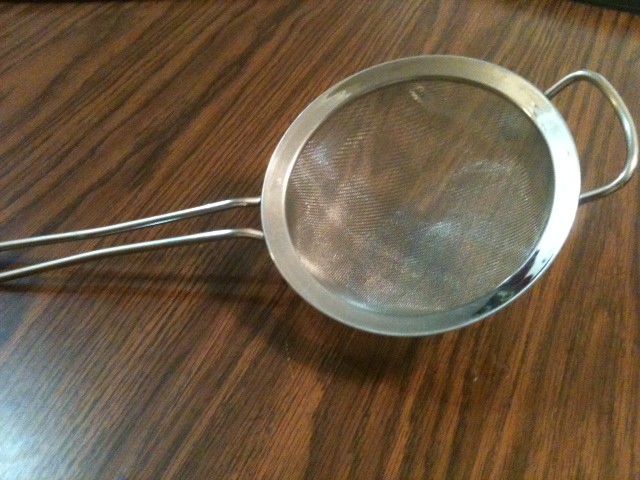
What to use instead: A fine-mesh sieve. You can sift dry goods through it by whacking it against the heel of your hand over a bowl, and you can use it as a small strainer or a cheap chinois for things such as de-seeding raspberry sauce. A set of three should be less than $20 at a kitchen store and will nest right in a kitchen drawer.
2. The citrus zester
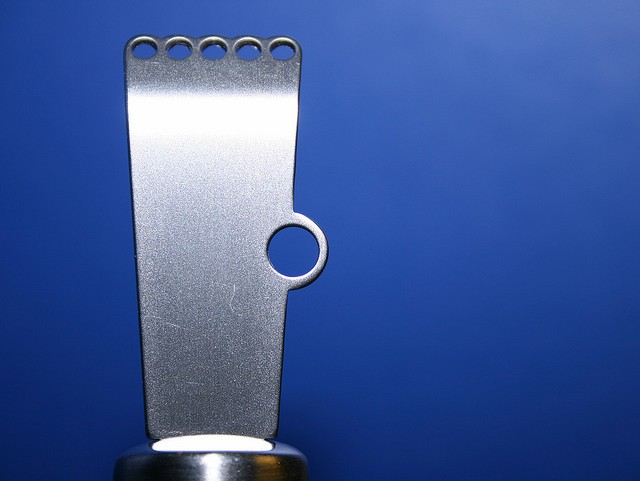
It's not that a citrus zester is a bad idea; it's that it's always poorly designed. Those five or six tiny holes create what has to be the least tender citrus zest in the world, and even with careful application, the lemon, lime, grapefruit or orange in question retains half its zest.
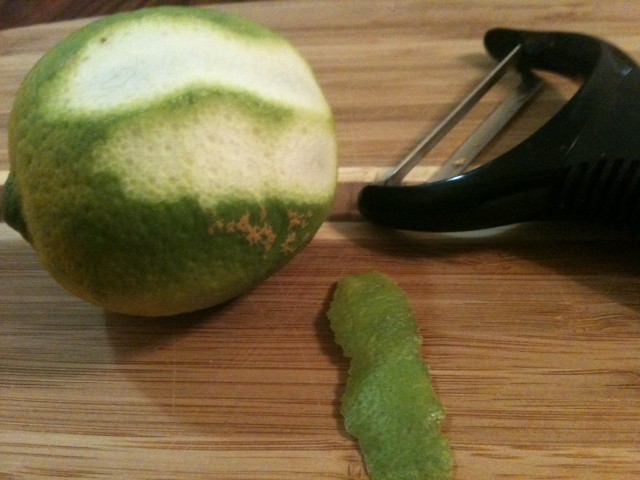
What to use instead: A potato peeler. The Y-shaped ones work just as well as the standard potato peelers. Use a gentle sawing motion to remove the zest in strips; it will be soft and tender at the edge, and unless you are applying too much pressure, it's almost impossible to get any of the bitter pith with a peeler. Then use a knife to mince it.
[3. The citrus reamer
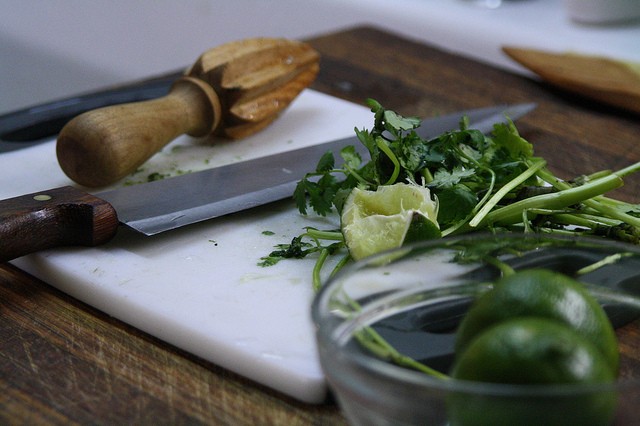
Of the five items on this list, this was the last to go; it does have its uses, but it also takes up space and isn't necessarily easier on the hands. (An electric juicer, of course, is right out in a tiny kitchen.) It's not a time-saver, either, because it takes a lot of effort to fully ream citrus fruit with one of these devices.
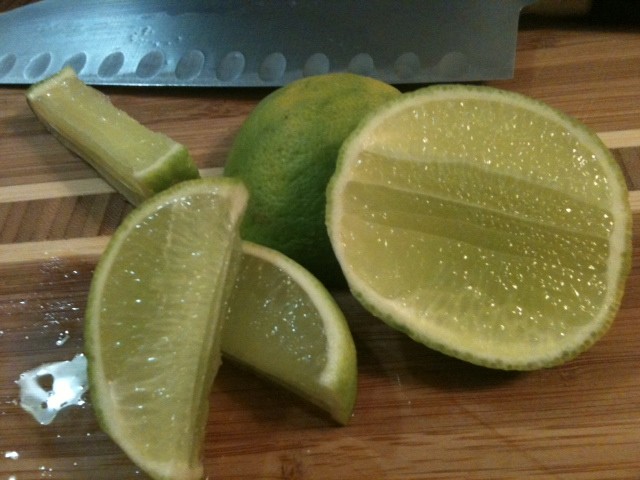
What to use instead: A knife and some technique involving treating citrus like mangoes. Roll the citrus on a board under your hand, exerting pressure. Cut the long way, just off-center (on either side of the stem) to make two “cheeks,” then cut on either side of the center pith that remains to create two wedges. Most of the seeds should be in the center pith, which can be discarded; the remaining fruit is not tough and can be squeezed fully in just a few seconds.
4. The garlic press
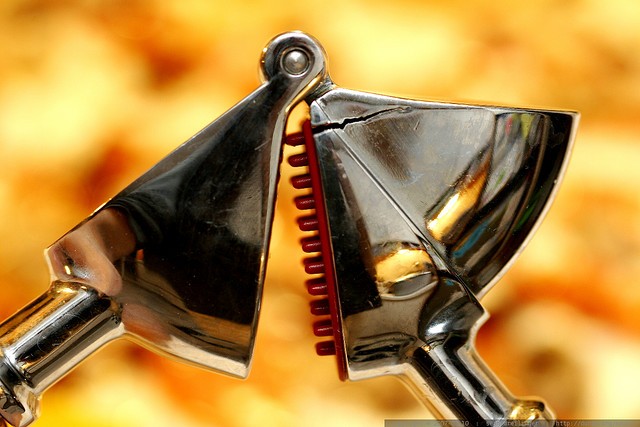
The supposed benefit of a garlic press, at least according to Julia Child, is that it's unnecessary to peel the clove before pressing it. She had no patience with people who claimed it made the garlic bitter, but it seems likely that someone else had to clean the thing when she was done. Whether the result is bitter or not is a matter for debate, but it does tend to juice garlic rather than mince it, which results it in burning more easily in the pan, and the force required on mature garlic is enough to crack or stress the metal, as seen above.
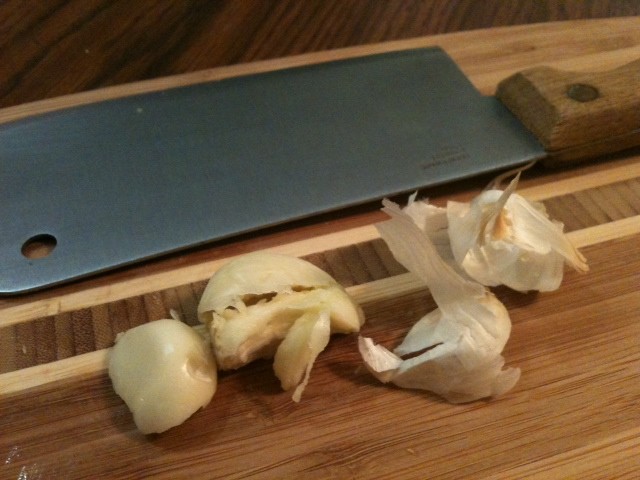
What to use instead: A cleaver or a chef's knife. Lay the clove on the board, lay the flat of the blade on top, and smack it with your hand to loosen the skin. Use the blade to trim the tough bit at the bottom away (where it connected to the rest of the head), and remove the peel. Then use the blade to chop it finely. With practice, this doesn't take more than 15 seconds.
5. The rotary cheese grater

Everyone who has ever been to the Olive Garden has seen the white-plastic crank-style graters the waitstaff use to shower plates with Parmigiano cheese, and at least half of those people have thought, “Wouldn't it be great to have one at home?” Of course, the Olive Garden employs people to clean these devices, whereas home cooks are stuck at home trying to get little wedges of partially melted cheese out of crevices on the device. (In the interest of fairness, some are easier to clean than others; none is as easy to clean as the alternative below.)

What to use instead: A Microplane grater or a wood rasp. They have uses besides cheese and chocolate; you can grate nutmeg, citrus zest (if not doing No. 2, above) and ginger on a wood rasp. Try that in a rotary cheese grater, and you'll fail. The wood rasp fits nicely in a drawer; the rotary cheese grater, not so much.

